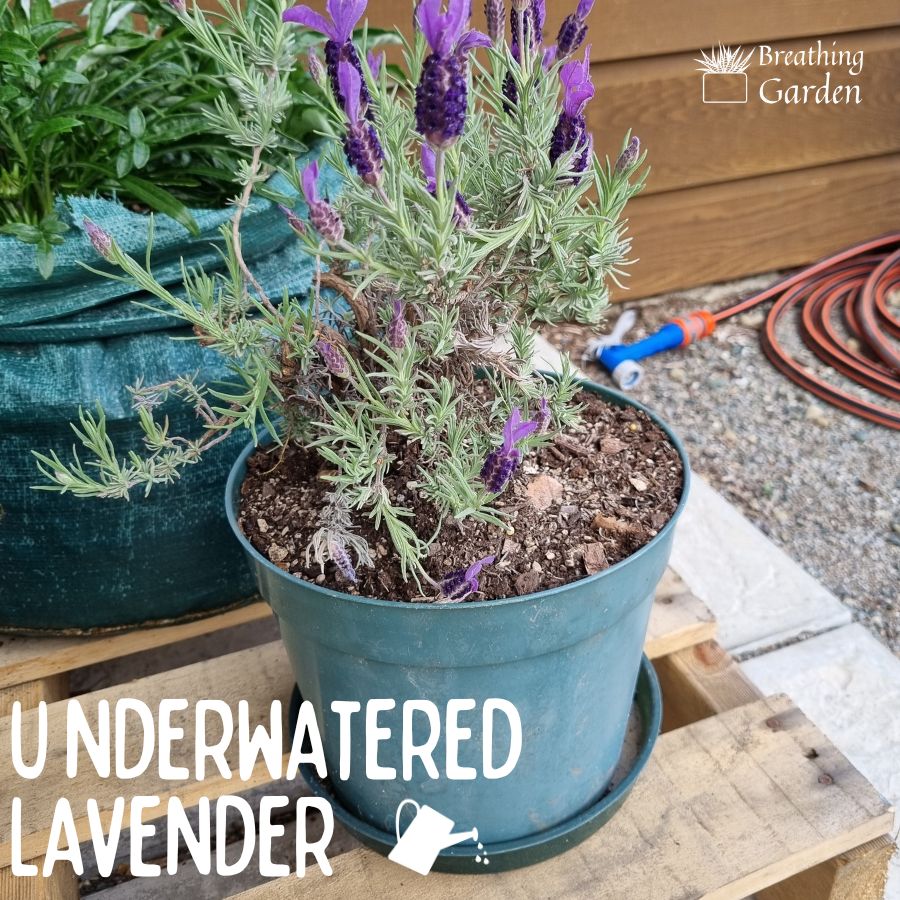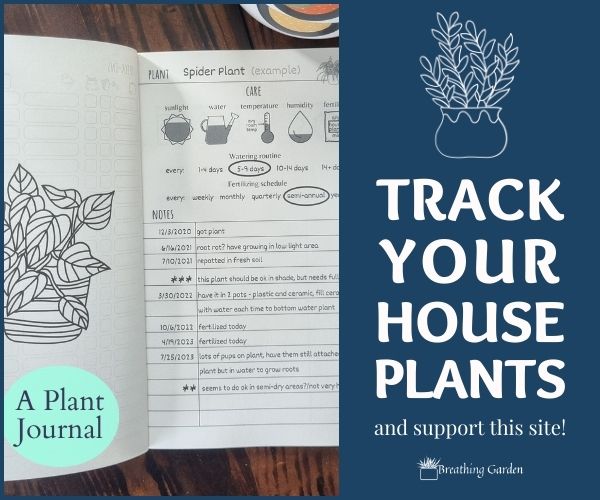Lavender plants are known for their fragrant scent and beautiful purple blooms, making them a popular choice for gardens. But if you don’t take care of your lavender plant properly, it can become underwatered and start to die. Knowing the signs of an underwatered lavender is key in keeping your plant healthy and thriving.
*This post may include affiliate links. When you purchase items from these links, we will receive a small commission, at no extra cost to you, to help support this website. Thank you for your support! Read more ->
Here are three common signs that your lavender may be suffering from underwatering, as well as tips on how to save it before it’s too late and how often to water your lavender in the future!
Signs Of An Underwatered Lavender
- Wilting or drooping leaves – If your lavender plant’s foliage has become limp, it could mean that the roots are not getting enough water.
- Browning edges – When tips of the leaves turn brown and dry, this is usually an indication that the soil is too dry and the roots aren’t getting enough water.
- Bud drop – If the buds are falling off before they get a chance to bloom, this could be a sign that your lavender isn’t getting enough hydration.
One Cause of an Underwatered Lavender
One major cause of an underwatered lavender is if the pot is too small for your lavender! This causes your lavender to be root bound, and then there’s not enough water for your lavender. Either the water goes straight through the pot and not into the soil or there’s not enough water for the soil every watering.
If the pot is too small, you’re likely to get an underwatered lavender! Look for a pot to repot it in that’s about 3 inches larger than the current pot so that the plant doesn’t get shocked by too much space.
How To Bring an Under Watered Lavender Plant Back To Life
If your lavender has become underwatered, don’t worry — there are steps you can take to bring it back to life. The easiest first solution is to water your lavender! Slowly water your plant, so that the water doesn’t just drain straight through. If it’s been a particularly hot summer week, you might just need to water your lavender more often. Otherwise, you may need to figure out what else is going on.
Once you’ve thoroughly watered your lavender once, come back to it 2-3 days later and feel the soil. If it still feels moist, you’re on track to getting your lavender back to healthy.
If it’s already dry again, you might want to repot your lavender into a larger pot, or cut down some of the roots to make it less root bound. Or move it to a slightly less hot/sunny spot if possible.
(Just be sure to not over-correct and start overwatering!)
How Often Should I Water My Lavender?
For optimal health, lavender plants need to be watered 1-2 times a week during the summer months and every 2-3 weeks in the winter. The frequency depends on the size of your pot and type of soil. Make sure to feel the soil before you water — if it’s still moist, there’s no need to add any more water. If it’s dry an inch into the soil, water it!
Hopefully with these tips you’ll be able to have a healthy, correctly watered lavender plant!



